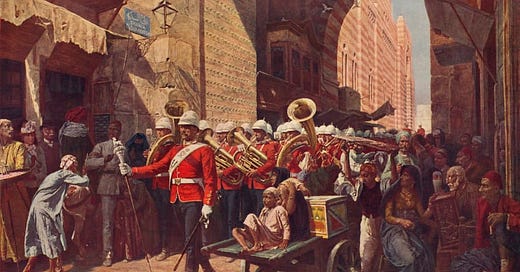I continue today with my discussion of conquest in human history, drawing upon the Encyclopedia of Invasions and Conquests,1 and supplementing the historical descriptions of the Encyclopedia with the world-systems analysis of Immanuel Wallerstein2 and Andre Gunder Frank.3 Through these sources, we see that the European conquests during the Age of Empire promoted the expansion of the capitalist world-economy and the geographical division of labor between core and peripheral, creating a global structural inequality among nations.
The historical facts of the Age of Empire
The French reversal of the Revolution in Haiti
Toussaint L’Ouverture, a slave with administrative responsibilities in a French-owned plantation, joined a slave insurrection and led it to the independence of the colony of Saint-Domingue, with a political system under his authority. The newly independent state assisted the new French Republic in the repulsion of English inv…



